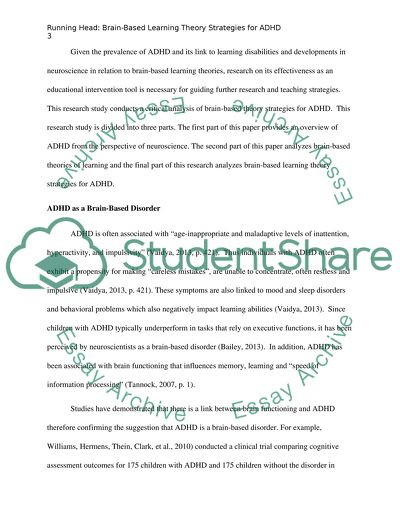Cite this document
(“Brain-Based learning theory strategies for ADHD Research Paper”, n.d.)
Brain-Based learning theory strategies for ADHD Research Paper. Retrieved from https://studentshare.org/education/1628612-brain-based-learning-theory-strategies-for-adhd
Brain-Based learning theory strategies for ADHD Research Paper. Retrieved from https://studentshare.org/education/1628612-brain-based-learning-theory-strategies-for-adhd
(Brain-Based Learning Theory Strategies for ADHD Research Paper)
Brain-Based Learning Theory Strategies for ADHD Research Paper. https://studentshare.org/education/1628612-brain-based-learning-theory-strategies-for-adhd.
Brain-Based Learning Theory Strategies for ADHD Research Paper. https://studentshare.org/education/1628612-brain-based-learning-theory-strategies-for-adhd.
“Brain-Based Learning Theory Strategies for ADHD Research Paper”, n.d. https://studentshare.org/education/1628612-brain-based-learning-theory-strategies-for-adhd.


